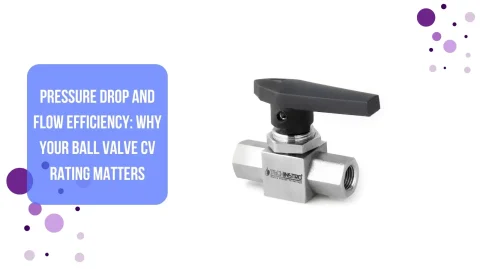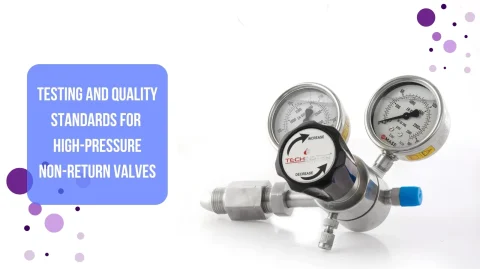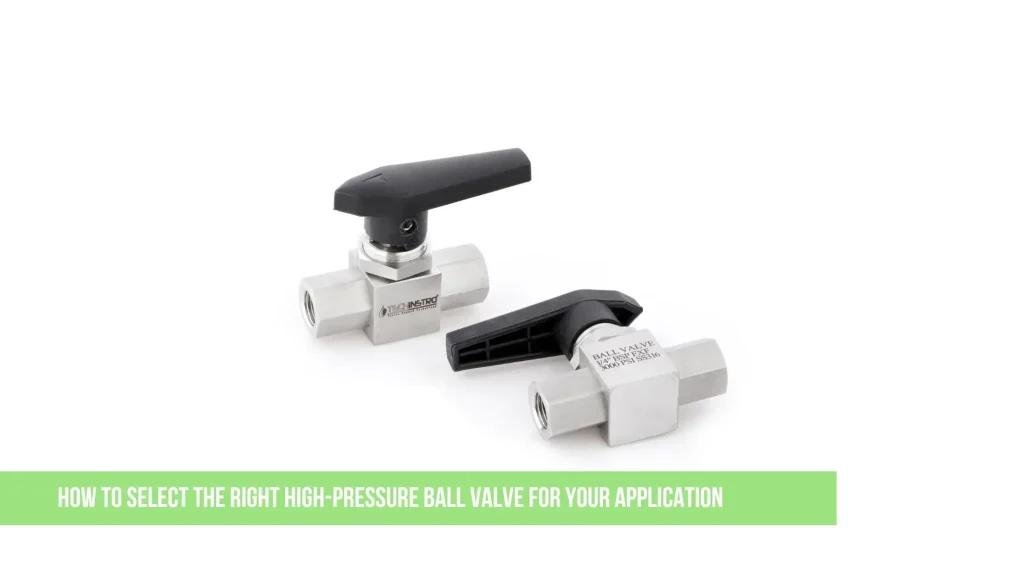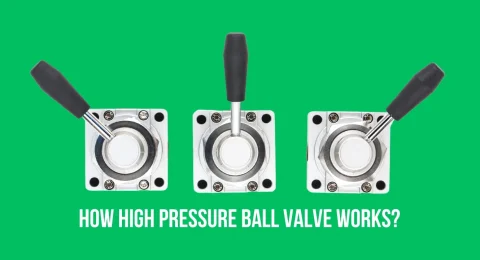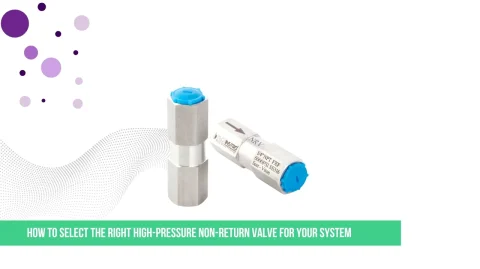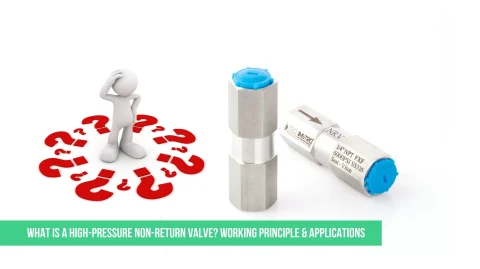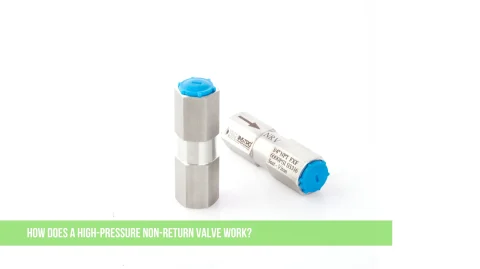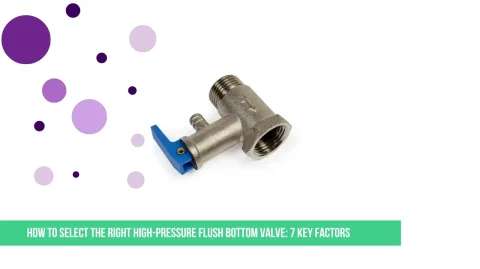Understand Your Pressure & Temperature Requirements:
High-pressure ball valves are designed to handle extreme conditions, but not all valves are the same.
Maximum Pressure (PSI/Bar): Check the valve’s pressure rating—common ranges are 1,000 PSI to 10,000 PSI or higher.
Temperature Range: Some materials perform better in extreme heat or cryogenic conditions.
Choose the Right High Pressure Ball Valve:
The valve material must resist corrosion, wear, and pressure. Common options:
Stainless Steel (SS316, SS304): -Good for general high-pressure applications.
Carbon Steel: Strong but less corrosion-resistant; often used in oil & gas.
Inconel, Monel, Titanium: For highly corrosive or extreme environments (e.g., seawater, acids).
Brass & Bronze: – Lower pressure, cost-effective for non-corrosive fluids.
Select the Correct Valve Type: –
Different designs suit different needs:
Floating Ball Valve: -Economical, good for moderate pressures.
Trunnion-Mounted Ball Valve: Best for very high pressures (prevents seat deformation).
Full Port vs. Reduced Port: Full port allows maximum flow; reduced port is smaller but cheaper.
Consider End Connections: –
How the valve connects to pipes matters:
Threaded (NPT, BSP): Easy to install, common in small systems.
Flanged: Used in high-pressure pipelines for secure sealing.
Welded (Butt Weld, Socket Weld): Best for permanent, leak-proof connections.
Check Sealing & Seat Materials: –
The seal must withstand pressure and fluid type:
- PTFE (Teflon): Good for most chemicals but limited in extreme heat.
- Metal Seats (Stainless Steel, Inconel): For high temperatures and abrasive fluids.
- Elastomers (Viton, EPDM): For oils and fuels, but not aggressive chemicals.
Manual or Automated Operation?
- Manual (Lever/Handle): Simple, cost-effective for low-frequency use.
- Pneumatic/Hydraulic Actuated: For remote or automated systems.
- Electric Actuated: For precise control in automated processes.
Industry Standards & Certifications:
Ensure the valve meets safety and performance standards:
- API 6D, ASME B16.34: – For oil & gas and high-pressure applications.
- ISO 17292, NACE MR0175: – For corrosive environments (e.g., sour gas).
Maintenance & Lifespan:
- Ease of Repair: Some valves allow seat replacement without removing the valve.
- Lubrication Needs: – Check if the valve requires regular greasing.
Conclusion:
Selecting the right high-pressure ball valve depends on:
- Pressure & temperature needs
- Material compatibility
- Valve type & port size
- Connection type
